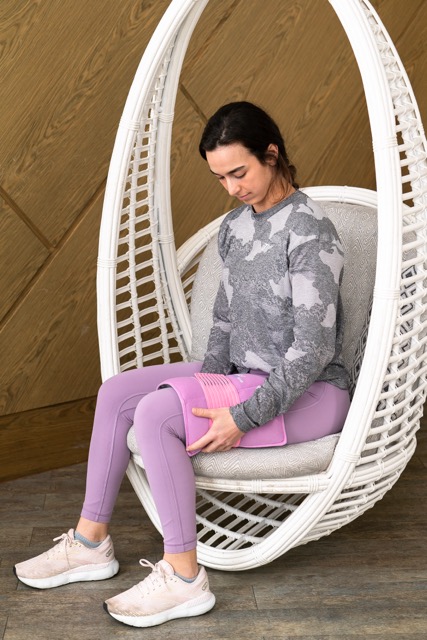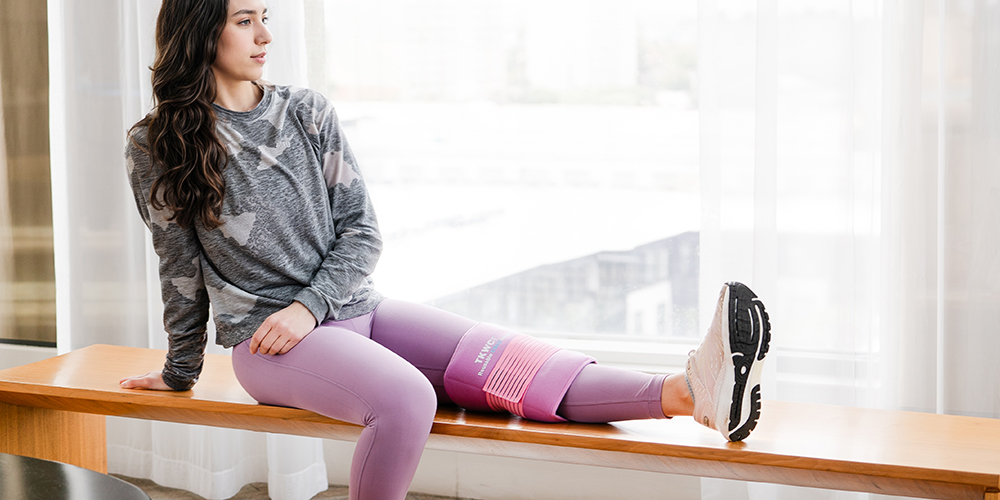
Cold Wraps for Knee Pain Relief (A Beginner's Guide)
- While various treatments exist, from medication to physical therapy, cold therapy has emerged as a non-invasive and effective method for managing knee pain.
Let's take a research-backed look at some of the claims relating to cold therapy for pain relief.
In this article:
Understanding Cold Therapy
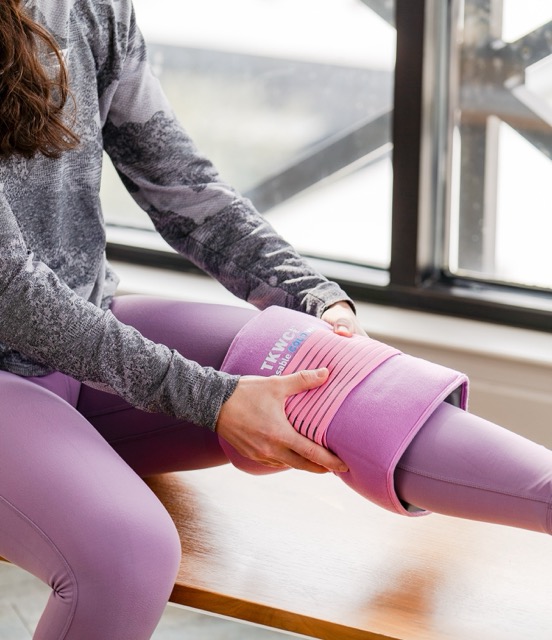
What does cold do to the knees?
Cold therapy works by applying a cooling effect to the affected area, leading to vasoconstriction (the narrowing of blood vessels), which reduces blood flow.
This process decreases inflammation and metabolic rate in the tissue, thereby alleviating pain and swelling.
Cold wraps for knees harness these principles, providing a convenient and efficient way to apply cold therapy directly where it's needed most.How do cold wraps for knees differ from traditional ice packs?
Unlike traditional ice packs, cold wraps are specifically designed for the complex structure of the knee.
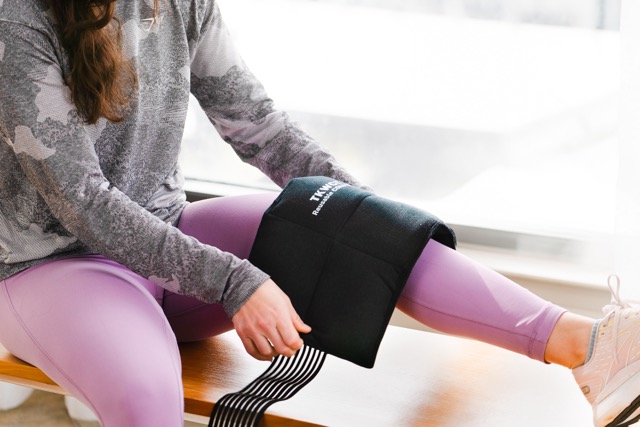
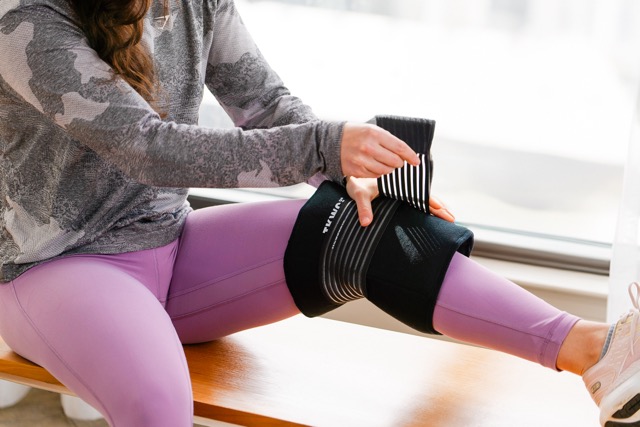 Pictured: TKWC Flexible Cold Wrap
Pictured: TKWC Flexible Cold Wrap
They offer consistent temperature control, ensuring that the cold is delivered evenly and safely.
Additionally, their design allows for better adherence to the knee's contours, providing targeted relief without the mess or inconvenience of melting ice.Benefits of Using Cold Wraps
Are knee wraps good for knee pain?
Yes, cold wraps are highly effective for knee pain.
They help in reducing pain, swelling, and inflammation, making them an excellent option for those suffering from conditions like arthritis or recovering from surgery (Guillot et al., 2019).Does icing speed up healing?
Cold therapy can accelerate the healing process by reducing inflammation around the knee, which is a common cause of pain and can hinder recovery.
By managing this inflammation, cold wraps can help speed up the body's natural healing mechanisms (Kuyucu et al., 2015).Best Practices for Cold Therapy
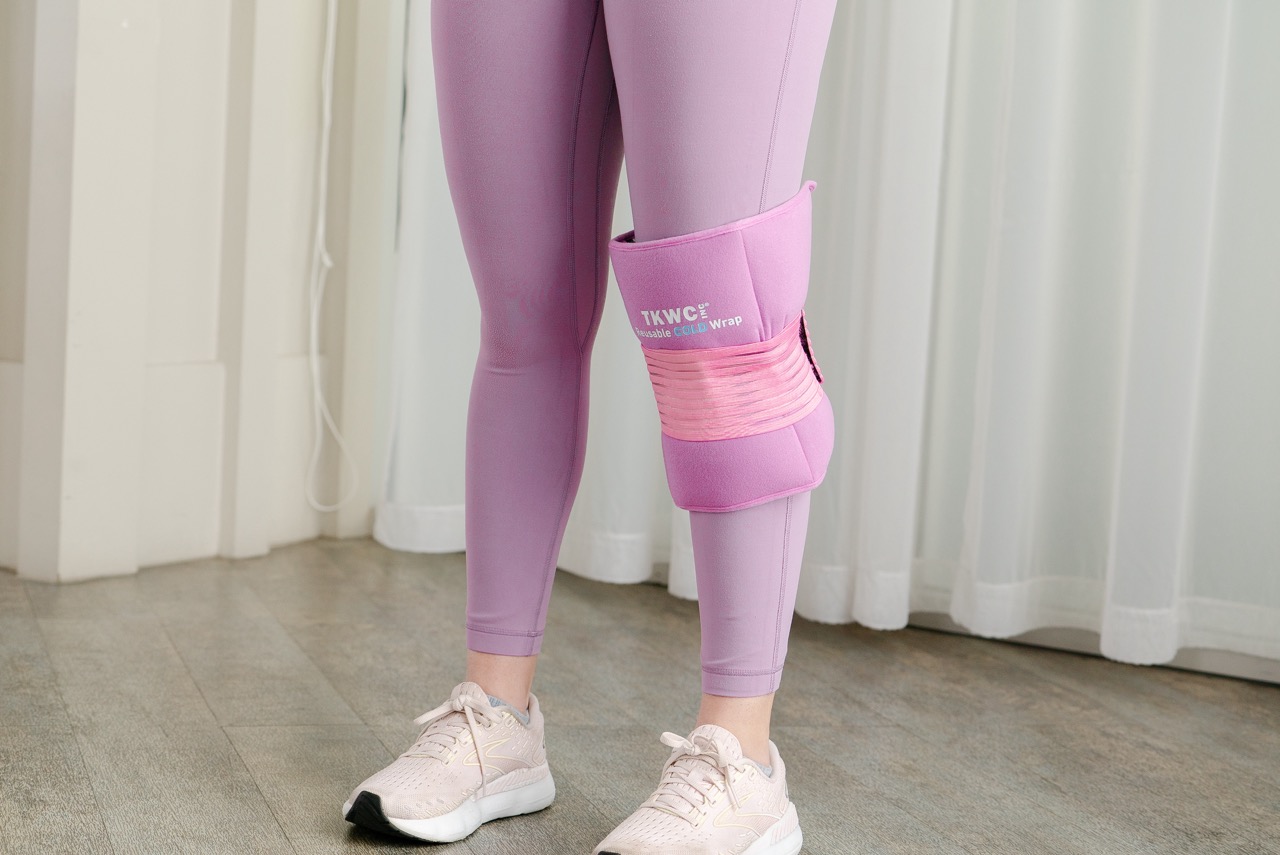
How often should you use a cold wrap for knee pain?
For optimal benefits, it's recommended to use cold wraps for 20 minutes at a time, several times a day, as needed.
Always ensure a protective layer between the wrap and your skin to prevent ice burns, and never sleep with the wrap on to avoid prolonged exposure (Breslin et al., 2015).What happens when you leave an ice pack on longer than 20 minutes?
Leaving a cold wrap on for too long can lead to frostbite and nerve damage due to excessive cooling.
Following recommended guidelines is crucial and allowing the skin to return to its normal temperature between sessions to avoid any adverse effects.Addressing Common Concerns
Does icing induce inflammation?
Contrary to some beliefs, icing does not induce inflammation.
Instead, it helps reduce inflammation by slowing the flow of fluid into the tissues, thereby decreasing the pain and swelling associated with inflammation.Is it good to ice your knees every day?
Yes, icing your knees daily is beneficial if you're experiencing chronic knee pain or are in recovery.
However, adhering to safe usage practices, including timing and frequency, is important to ensure you're getting the benefits without risking skin damage or other issues.Can I ice my knees overnight?
It's not recommended to ice your knees overnight. Prolonged exposure to cold can cause nerve damage and other skin-related issues.
Stick to the recommended 20-minute sessions for safe and effective relief.Application and Usage
What types of knee injuries or conditions can benefit from using a cold wrap?
Cold wraps are beneficial for various knee conditions, including sprains, arthritis, and post-operative recovery.
They provide relief from pain and swelling, helping to improve mobility and accelerate the healing process.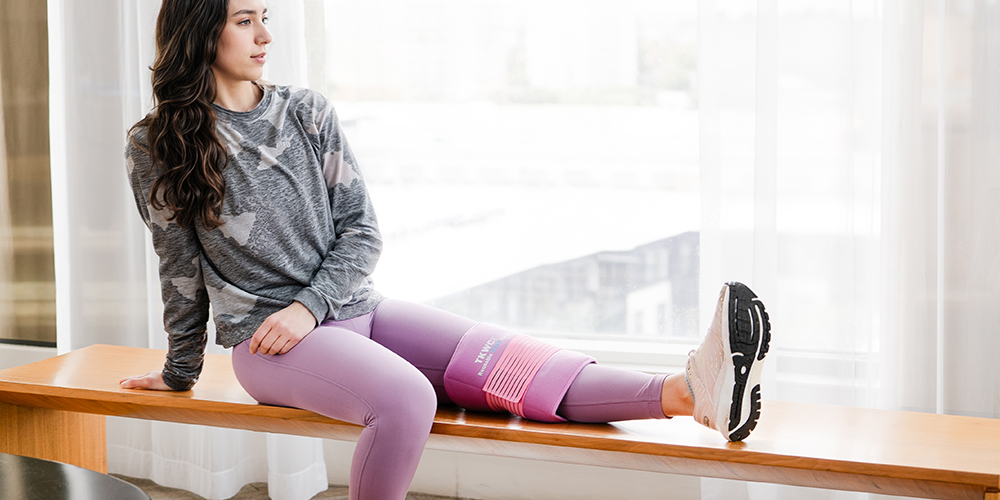
Are there any side effects or risks associated with using cold wraps on knees?
When used as directed, cold wraps are safe and have minimal risks.
However, individuals with certain conditions, such as Raynaud's phenomenon or vascular disease, should consult a healthcare professional before using cold therapy.Choosing the Right Cold Wrap
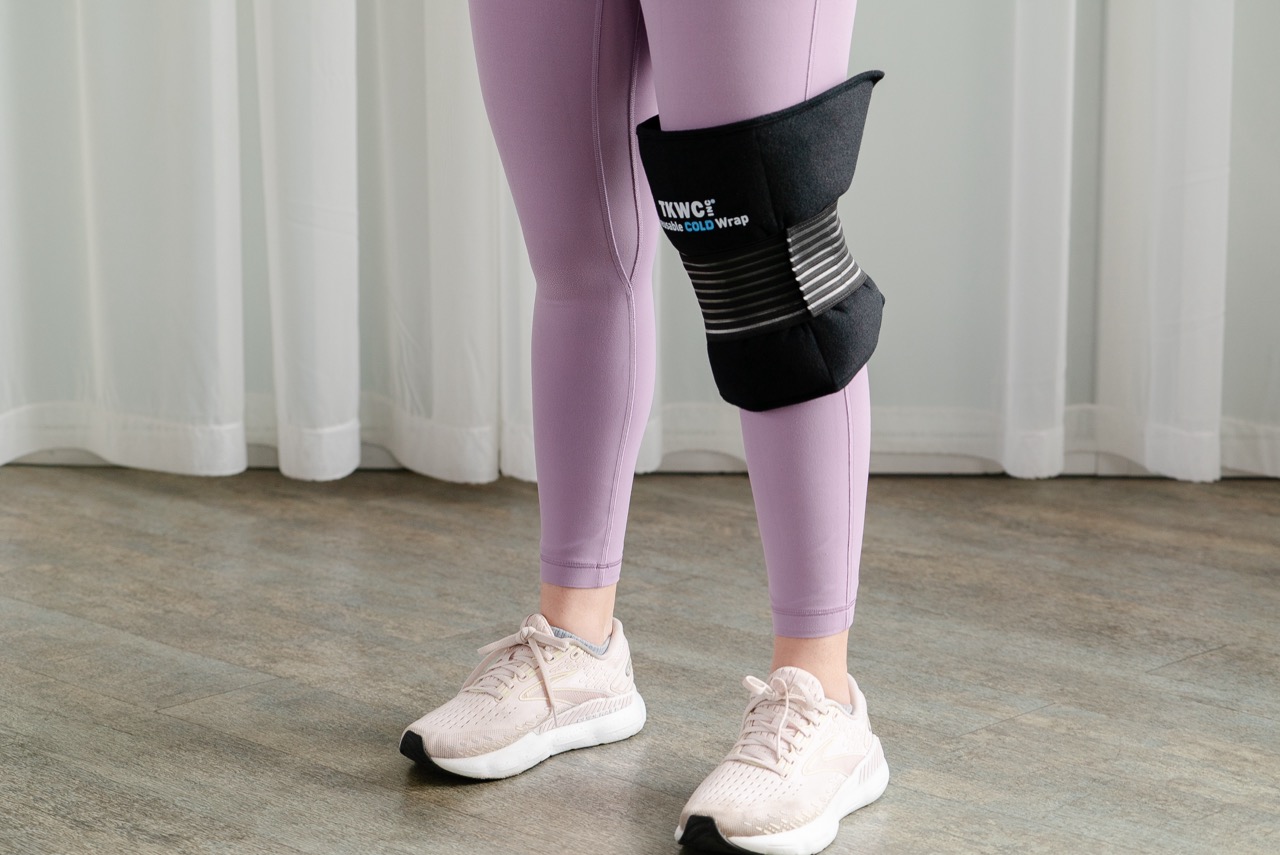
What features should you look for when choosing a cold wrap for knee pain?
Look for a cold wrap that offers adjustable compression, is made from durable and comfortable material, and has a gel consistency that conforms to the shape of your knee.
These features enhance the effectiveness and comfort of the cold therapy.Can cold wraps for knees be used in conjunction with other treatments?
Absolutely. Cold wraps can be part of a comprehensive treatment plan, complementing physical therapy, medication, and other modalities to provide holistic care for knee pain (Smith et al., 2016).Maintenance and Care
How do you properly care for and maintain your cold wrap?
To ensure your cold wrap remains effective, clean it according to the manufacturer's instructions, store it in a cool, dry place, and inspect it regularly for signs of wear and tear.
Proper maintenance extends the life of your cold wrap and ensures it's ready to use when needed.Closing Thoughts
Cold wraps provide an effective, convenient solution for knee pain relief. Proper use and care maximize their benefits, helping manage pain from chronic conditions, injuries, or daily strain.
Incorporating a cold wrap into your routine can significantly aid your recovery and alleviate discomfort.
For more information on cold therapy and other knee pain relief products, check out the TKWC Cold Wrap and the Compression Knee Sleeve.
More Great Rent A Knee Walker News & Stories
- •
- •
- •
- •
- •

